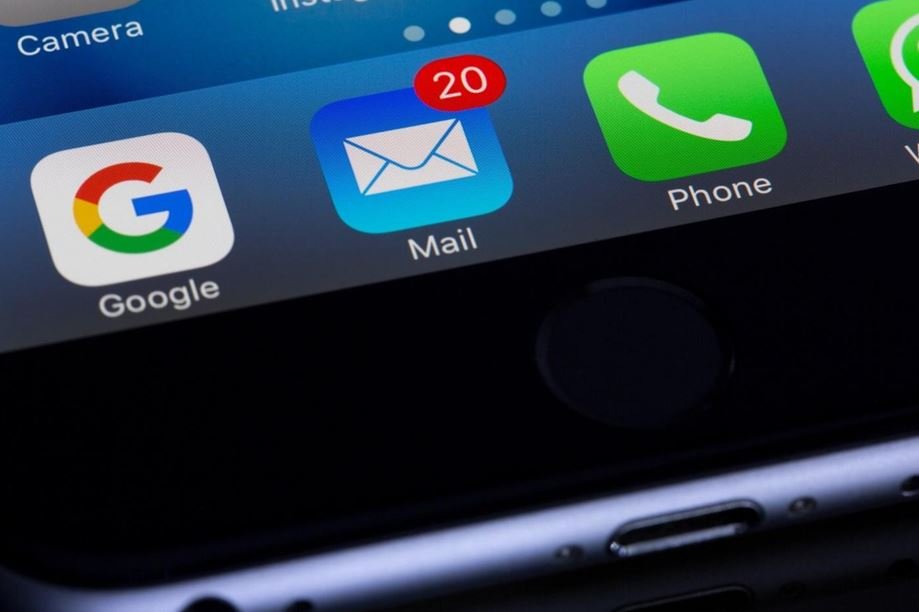Tech
Recognizing Phishing Emails Is Critical to Your Security

Phishing emails come in two forms: general and targeted. With general phishing attacks, hackers hope to trick someone with a generic email that mimics a legitimate organization with an offer or a request. Usually, the goal of such phishing tactics is to gain your personal or financial information. Then, there is spear phishing.
Spear phishing is a more targeted form of phishing that’s designed to look as legitimate as possible. For example, cybercriminals may target a group of employees in an organization with their names, phone numbers, and job titles to make them believe the email is authentic.
Regardless of the type of phishing attack, it’s important to recognize it for your personal or your organization’s security. Phishing emails are a common attack vector for ransomware strains. Hackers will often send fake emails with ransomware attachments to trick into installing the malware. Once ransomware infects a system, it helps ransomware gangs extort companies by encrypting critical files and folders or locking computers in exchange for a ransom.
Here are a few ways you can recognize phishing emails:
[lwptoc]
Check the email address
The email may look like it’s from a person or company you trust, and it may even have the same graphics, like the logo or the header. But when you look at the email address, it may look very similar, but it’s not from the organization.
It has a call to action
Phishing emails don’t simply want to know how you’re doing or share Christmas pictures. They want you to act now to verify your account, update your credit information, share your personal information, or download an attachment. The email may even use alarmist language, like tell you that you have a dangerous virus, are under investigation, or that your company needs to update its soon-to-expire accounting software.
Most regular phishing emails don’t use your name or any other type of personal information. However, spear phishing emails may use your full name, address, telephone number, or even your IP address to deceive you.
The spelling and grammar are subpar
Most legitimate companies ensure that their emails to their customers are free of spelling and grammatical errors. While mistakes can happen, obvious ones are usually the sign of a carelessly written phishing email.
The link looks suspicious
Messages with fraudulent HTTPS links often include shortened links instead of the original longer ones. Admittedly, some companies also used shortened links to make emails appear neater. Regardless, hover your mouse cursor over the hypertext or link to see the full URL before you click. It’s probably a phishing email if the link is a series or of numbers, odd text, or doesn’t match the company’s actual website.
How to protect yourself from phishing attacks
Phishing attacks are becoming so convincing that learning to identify red flags isn’t enough to protect yourself completely. Please also follow safe practices by setting a sophisticated email password and activating two-step authentication. Use your SPAM filter and avoid opening any emails that end up in your junk folder. You can also download a Browser Guard extension for Google Chrome or Mozilla Firefox that enhances Internet safety.
Remember, just one mistake can give a hacker the opening they need. So, stay vigilant, and protect your data with anti-malware software.
Read more: 7 Cyber Security Threats To Be Aware Of In 2021
-

 Tech1 month ago
Tech1 month agoSora 2 Invite Code: How to Get One (Step-by-Step Guide)
-

 Fashion2 months ago
Fashion2 months agoThe Ultimate Shoe for Moms on the Go: Tieks Ballet Flats
-

 Fashion2 months ago
Fashion2 months agoHow to Create a Modern Royalty Outfit for Any Occasion
-

 Tech2 months ago
Tech2 months agoTop Benefits of Mobile Threat Defense for Corporate Security






